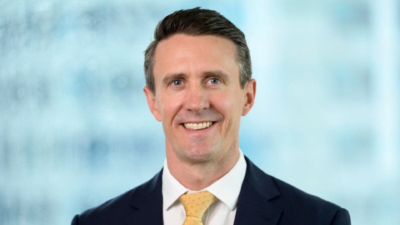New ASIC regulations may stifle innovation: Comment by Greg Bright
While regulators often speak of moving away from prescriptive rules-based regulation towards to a more holistic principles-based system, their actions usually seem the opposite. Take, for example, last week’s announcement increasing financial requirements for custodians operating in Australia.
The Australian Securities and Investments Commission published on November 14 a consultation paper on proposed changes for providers of custodial or depository services, as well as some responsible entities that hold property and assets.
The crux for custodians, other than “incidental providers”, is to double the NTA requirement to $A10 million or 10 per cent of average revenue, whichever is greater, as well as asking for 12-month cashflow projections and specifying liquidity requirements.
The report, known as CP 194, includes recommendations of “some matters of good practice” for providers to consider, notes, perhaps ominously, that “a separate review of the financial requirements for providers” is also underway.
Feedback is sought by January 14 before ASIC would then need to update its regulatory guidance – RG 166, Licensing: Financial Requirements.
It is difficult to see what an extra $5 million on deposit in some form by the custodians operating in Australia means. Even conceding that no-one is “too big to fail”, such an amount can be no more than an annoyance. Liquidity requirements are prudent, of course, but ASIC’s prescriptive approach is not the way to go about it. Similarly, what is ASIC doing prescribing 12-month cashflow projections, as if these banks don’t already do them?
The main custodians in Australia are: National Australia Bank, State Street, JP Morgan, BNP Paribas, Northern Trust, and, recently, Citi for master custody and HSBC as the largest sub-custodian. None of them is likely to argue vehemently again the proposals.
But the danger of such an approach to regulation is to keep out newcomers and therefore, perhaps, stifle innovation. Brokers such as UBS and Morgan Stanley have offered hedge funds “free” custody and other services in the past to get their trading activities. This is a worthwhile service. Macquarie, under the Bond Street brand, and some others offer selective services or do their own.
But the rise of new platforms for big super funds, as previously reported, has the potential to allow custodial-like services from brand new players – the systems providers – either with or without a broker in tow.
Investor-directed portfolio services (IDPSs), which previously consisted only of the commercial platforms such as the BT Wrap or Colonial’s First Choice, are included in the new proposals. So the super funds’ new platforms, designed to help retain high-balance members who might otherwise be lost to the SMSF market, may also be up for a $10 million on deposit requirement.







